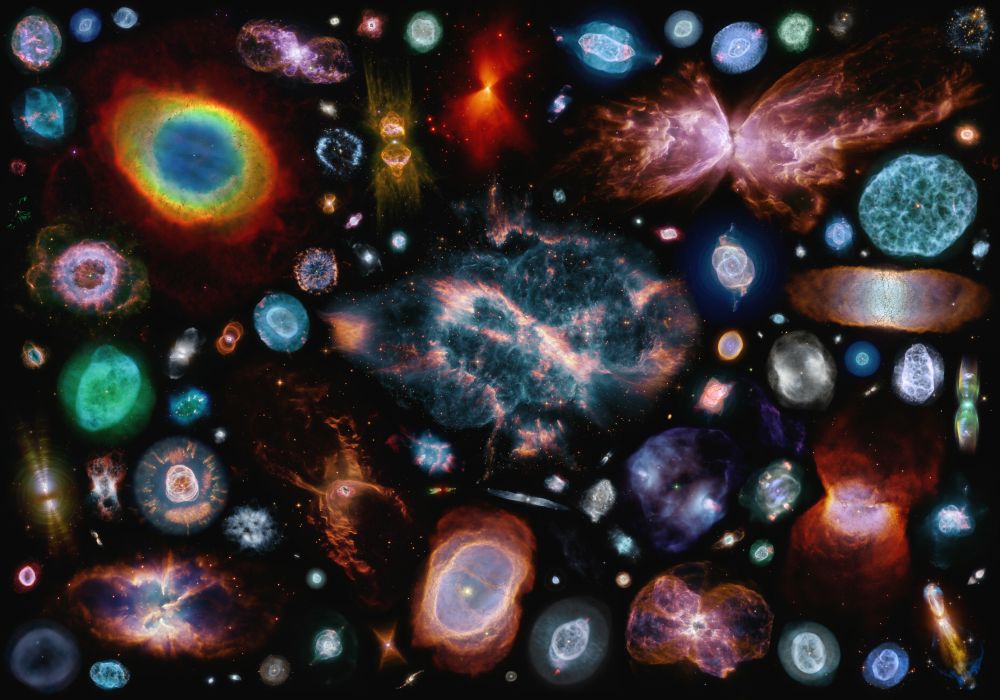When it comes to cosmic eye candy, planetary nebulae are at the top of the candy bowl. Like fingerprints—or maybe fireworks displays—each one is different. What factors are at work to make them so unique from one another?
Continue reading “Each Planetary Nebula is Unique. Why Do They Look So Different?”Each Planetary Nebula is Unique. Why Do They Look So Different?


